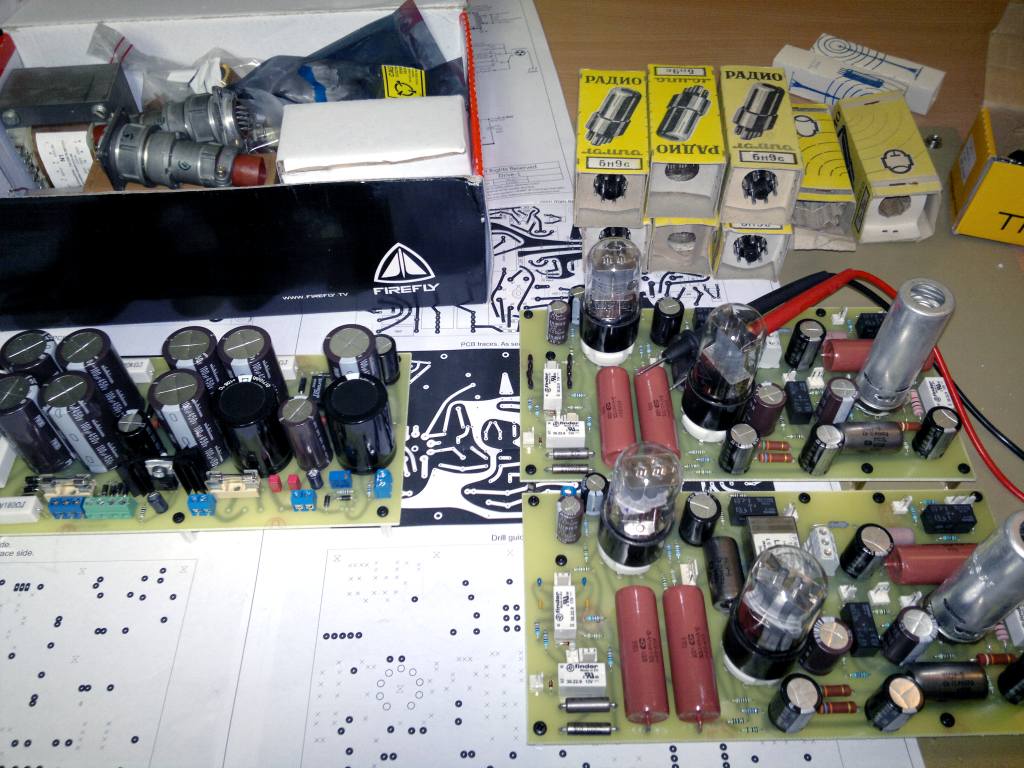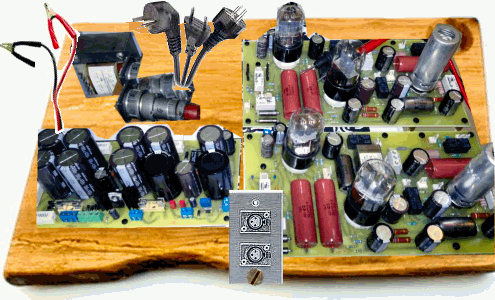Kingston
Well-known member
revision 1.1 attached in the first post with changes to PSU transformer configurations, some typos corrected and misc. info added.
I was wondering, if my total current draw for a dual unit B+ is about 50mA (calculated from bias points of all the tubes), what should I specify the 300VAC for?
I seem to recall I read somewhere it should be about 3X the bias point current draw for a safe build.
Heater I've learned to spec so that VAC winding is used to only about 60% of the rated max, 5-6A for this project. (no core saturation, stable voltage)
I was wondering, if my total current draw for a dual unit B+ is about 50mA (calculated from bias points of all the tubes), what should I specify the 300VAC for?
I seem to recall I read somewhere it should be about 3X the bias point current draw for a safe build.
Heater I've learned to spec so that VAC winding is used to only about 60% of the rated max, 5-6A for this project. (no core saturation, stable voltage)










![Soldering Iron Kit, 120W LED Digital Advanced Solder Iron Soldering Gun kit, 110V Welding Tools, Smart Temperature Control [356℉-932℉], Extra 5pcs Tips, Auto Sleep, Temp Calibration, Orange](https://m.media-amazon.com/images/I/51sFKu9SdeL._SL500_.jpg)

























